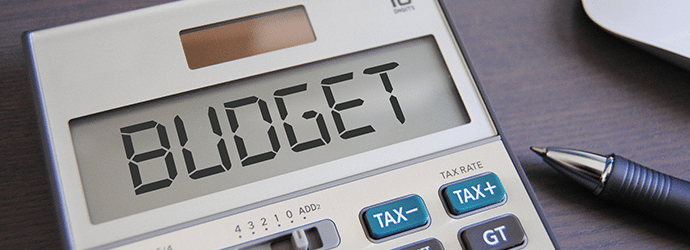Every research lab is full of equipment specially designed for specific technical and experimental requirements, unfortunately this means said equipment is often expensive.
Thankfully there are simple and cheap everyday items which can help you with your experiments and generally make life a lot easier.
1) Perforated metal ladle – to fish out samples from liquid nitrogen after a snap-freeze or when you accidentally drop a box of cryovials into the liquid nitrogen storage tank. Helpful to avoid some of the liquid nitrogen dangers, such as cold burns.
2) Transparencies for an overhead projector (remember them?). Instead of wrapping your Western membrane in clingfilm and trying to get rid of the wrinkles, cut a transparency in half, attach one half to the cassette, put the membrane, cover with the second half and fix it with a sticky tape.
Enjoying this article? Get hard-won lab wisdom like this delivered to your inbox 3x a week.

Join over 65,000 fellow researchers saving time, reducing stress, and seeing their experiments succeed. Unsubscribe anytime.
Next issue goes out tomorrow; don’t miss it.
3) Pizza cutter – to trim acrylamide gels (make sure to label it well in case one of your colleagues goes to use it on an actual pizza when they have the munchies late some night).
4) Powdered dry milk, fat-free – simply add to a phosphate buffer, stir and hey presto you have your blocking solutions for Western blots. To make even more of a saving go with a no-name or own brand powder which work just as well as the branded products like Marvel.
5) Nail varnish – to seal microscope slides, which prevents drying out and cover slips falling off.
6) Wooden toothpicks – to streak bacterial or yeast colonies onto agar, available in Chinese supermarkets. China becoming a more sophisticated goods producer is not always a good thing: cheaper flat on one end toothpicks are becoming extinct and being replaced by perfectly carved, but sharp on both ends toothpicks, which are much less convenient.
7) Salad spinner – not just for drying your lettuce leaves you can also build a centrifuge with it.
8) Watch, which counts seconds – timer replacement. Amazing, how many scientists don’t have watches, relying on clocks (rarely precise) and mobile phones (run out of charge). Something waterproof and cheap is preferable in case of spillages.
9) Mop and bucket – my inner green person weeps when I see people mopping lots of water from defrosting freezers with paper towels.
10) Ladies tights – these can be very useful for tissue culture work they are essentially nylon mesh and can be used instead of expensive cell strainers. Particularly handy when you only need to use them occasionally and don’t want to fork out for a whole box. Another advantage is that they can be cut to the size you require.
What are the everyday items you use around the lab?








